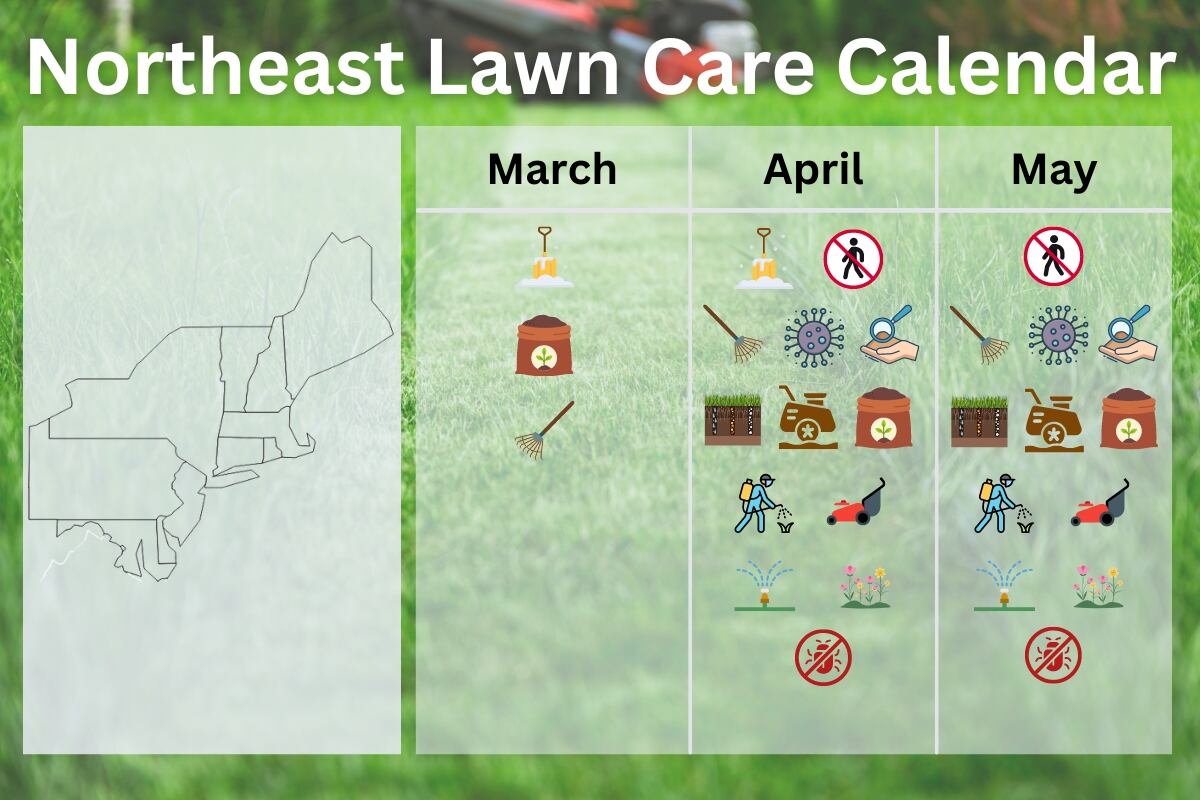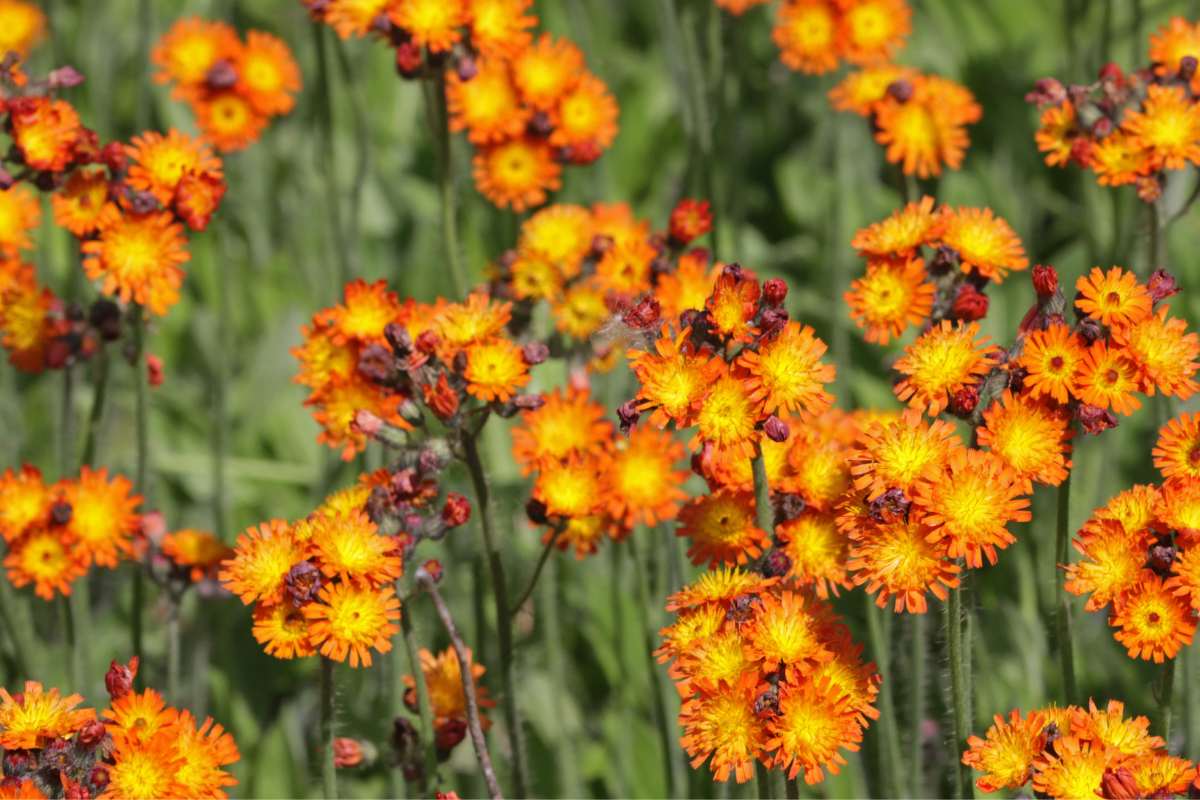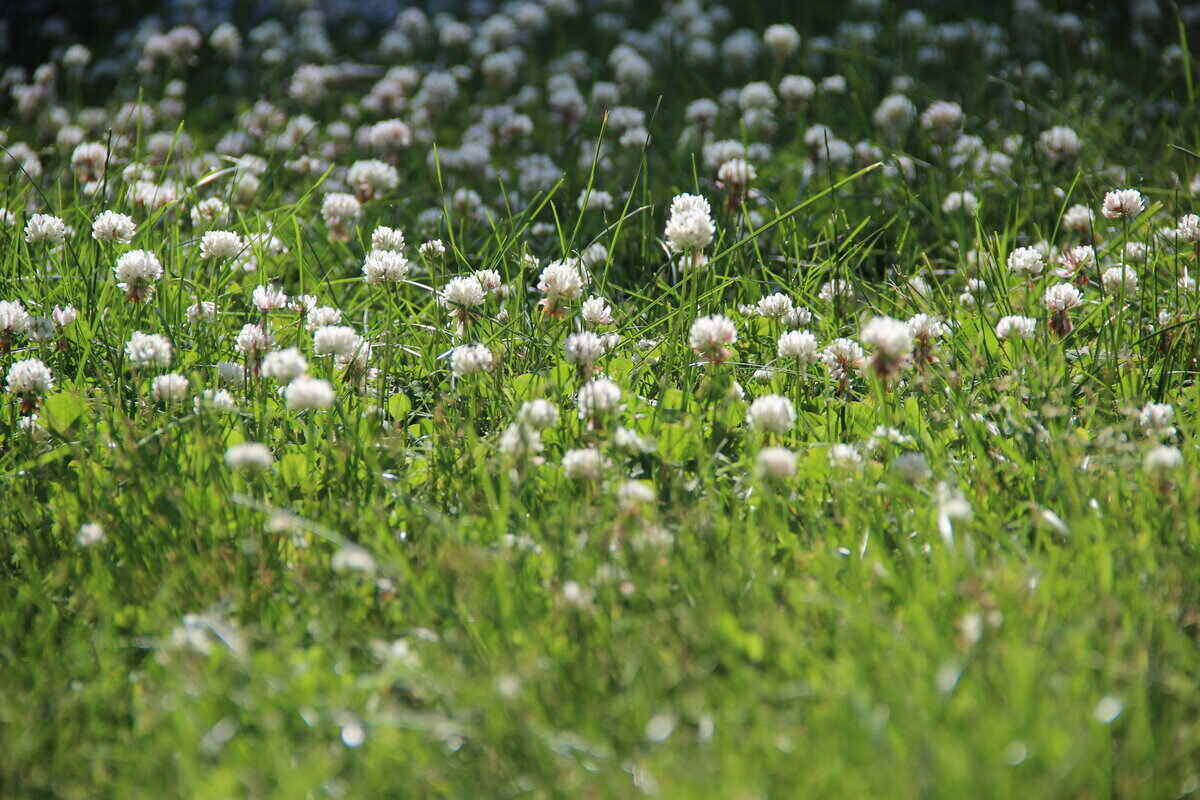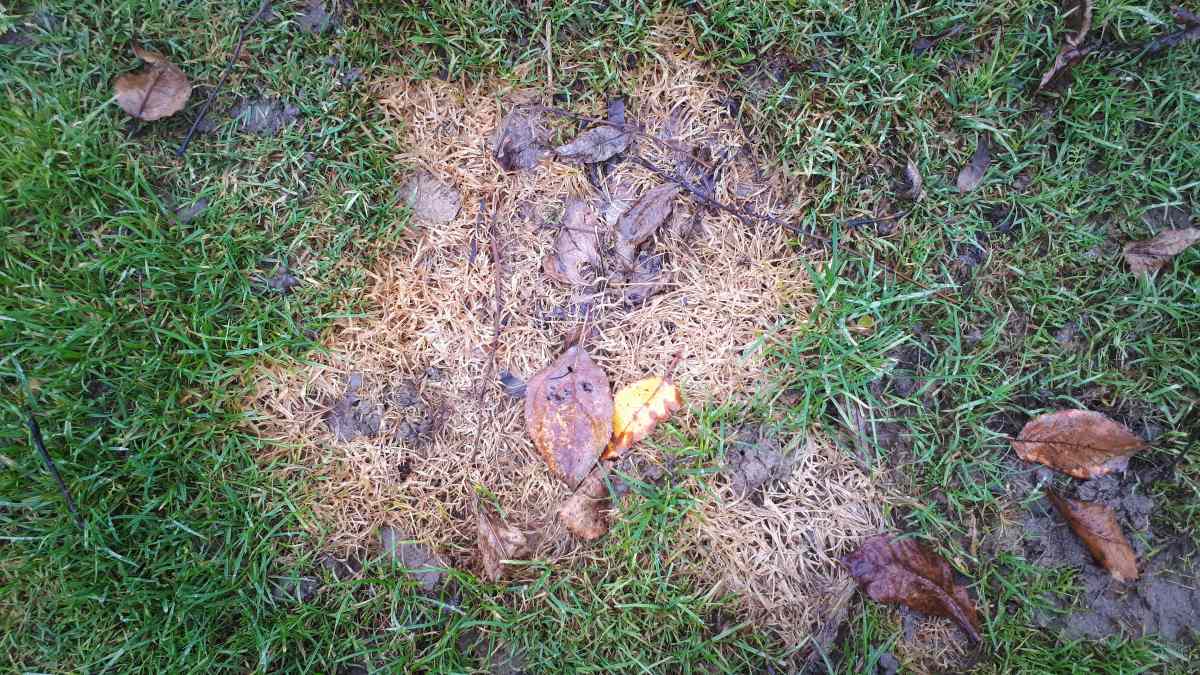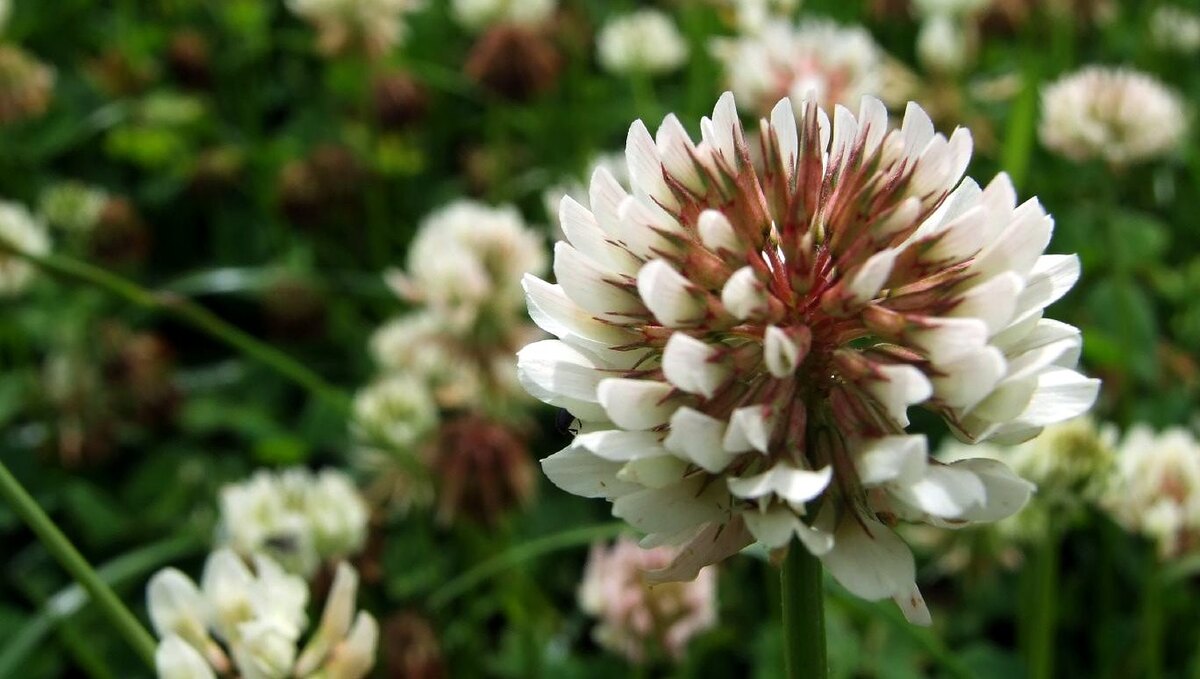
White clover is undoubtedly invasive — trespassing in lawns, encroaching upon roadsides, and eradicating native plant populations.
When left to their own devices, invasive plants can limit plant diversity, eliminate wildlife habitats, damage sidewalks and driveways, and even affect water quality. If white clover has begun to oppress your own landscaping, set your lawn and garden free with the tips you’ll learn here.
But First, What Is White Clover?
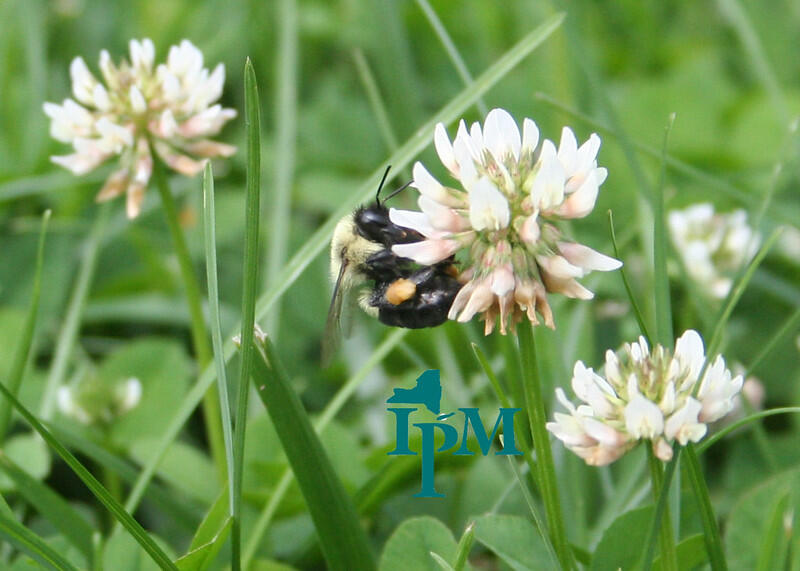
Also known by its scientific name trifolium repens, this weedy, cool-season perennial is native to Europe and Asia and has shallow roots; round, white flower heads; and three green leaves typically adorned with white “v”-like markings.
It belongs to the legume family and spreads super fast through both stolons (above-ground stems) and seeds (it can reseed itself). This plant is also able to thrive in soils that lack fertilizer because it can absorb nitrogen from the air to sustain itself.
There are three types of white clover:
- Small/Low-growing (Wild white)
- Intermediate (Dutch clover)
- Large (Ladino clover)
Sometimes, these types are used purposefully in place of lawn grass for residential areas, pastures, vineyards, and orchards (more on that later), often mixed with lawn grass seed and each other.
What Makes White Clover Invade a Lawn?

White clover’s rapid spreading via creeping stolons, regardless of soil quality and water amounts, is what makes it so aggressive, and the state of your own yard can encourage full-on domination. Here’s how:
Your Soil Lacks Nitrogen
Not only can white clover be unsightly when your goal is a carpet of thick, green grass, but it can also signify your yard’s soil is nitrogen-deficient. The most important nutrient for grass health, nitrogen spurs growth, gives blades a rich color, and upholds overall grass strength, so it can withstand foot traffic and certain weather conditions.
To ensure your lawn has enough nitrogen to maintain its fitness, fertilize it at least once per year (late summer/ early fall). Visit our guide to learn more about How to Choose the Right Lawn Fertilizer.
You Mow Too Low
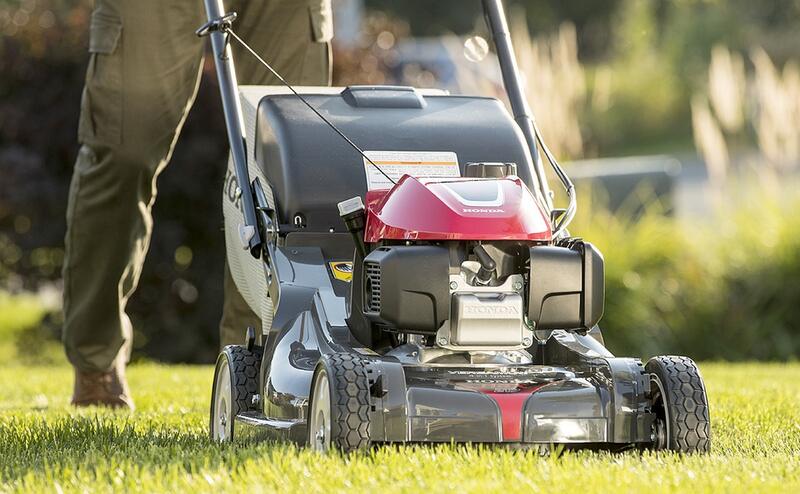
By allowing your grass to grow just a little bit taller, it can smother the low-growing white clover by blocking its access to sunlight. In addition to helping control this weed (and others), mowing higher also helps grass build deeper root systems, in turn, boosting its tolerance to extreme heat and cold.
Need tips on mowing? Here’s how to mow a lawn the right way.
You’ve Got Compacted Soil
Soil compaction, which can result from large amounts of pressure being placed on turfgrass (e.g., heavy foot traffic, overwatering, and driving or parking cars on grass), reduces your lawn’s porosity. When this happens, grass roots become shallow, as water and nutrients aren’t able to reach them. Then, weeds can be more prevalent. To alleviate this, learn how to aerate the soil.
You’re Underwatering Your Grass
While white clover can live its best life in drought conditions, your lawn grass cannot. Without a sufficient amount of water for your climate zone, your grass can dry up and go dormant, allowing the clover to replace it.
How to Get Rid of White Clover
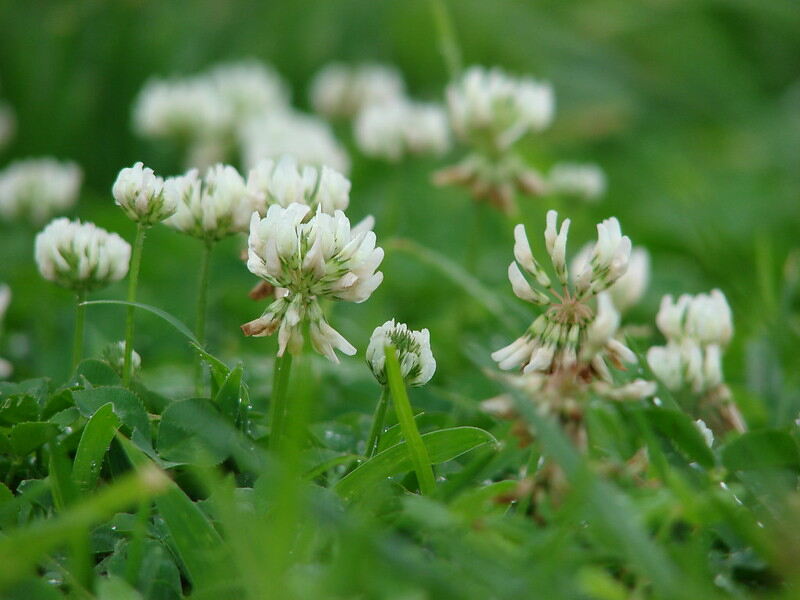
By resolving the issues mentioned above, and using a pre-emergent herbicide, you should be able to keep your lawn healthy and weed-free. But, if you’re already dealing with an influx of white clover, here are some ways to reduce its numbers from your landscape (completely eliminating weeds isn’t always possible):
Hand Pull It
If there’s currently just a small section of white clover brewing, you can try pulling the weeds with your hands. Keep in mind, though, that white clover’s roots can grow 8 feet deep, which may make physical removal inefficient.
Use a Post-Emergent Herbicide
In the fall, spray a broadleaf weed killer across your lawn; make sure the formulation is safe for the type of grass you have, so you don’t accidentally kill some of your turf, too.
Note: Some online sources tout mixing vinegar and dish soap together (with some recipes also calling for epsom salts) as a natural alternative to herbicide and then spraying it on the white clover to kill the weed. While this may dry up the surface parts of the plant, it will do nothing to kill the roots, and the white clover will return.
Block the Sun
With a plastic garbage bag or tarp, cover a large section of white clover. The lack of sunlight and oxygen will suffocate the weed and its seeds over the course of a few weeks. Just be careful not to also smother any surrounding grass, and only use this method if you’re cool with having a plastic eyesore wrecking your curb appeal for a little while.
Try Corn Gluten Meal
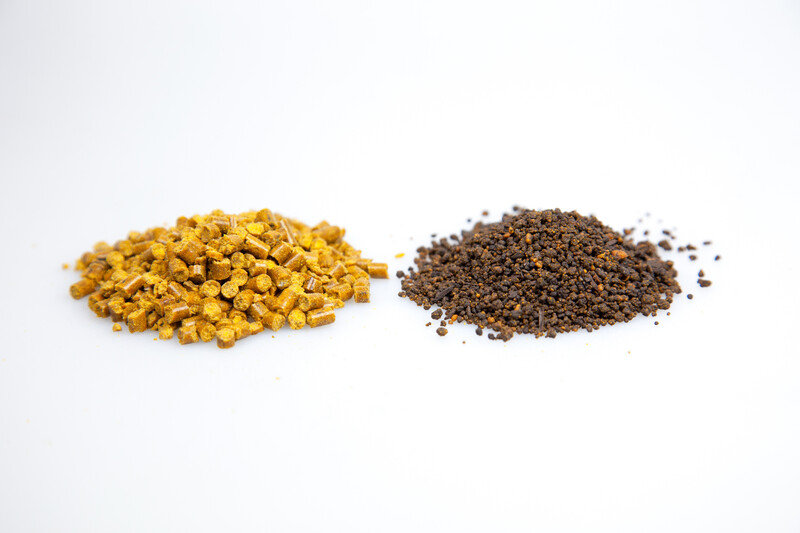
Different from the corn meal we cook with, this substance can be used to kill white clover by preventing new roots from establishing in the soil, rather than getting rid of the white clover already there. This method also won’t harm any surrounding turfgrass. Experts recommend applying about 20 pounds per 1,000 feet and soaking the area with water.
FAQ About White Clover
Is white clover always a problem?
No; in some places, white clover is mixed with certain grass seed and used as a cover crop for pastures. Farm animals (and wild animals) graze in these pastures and feed on the white clover.
Even some homeowners like it for residential lawns, as it can provide natural fertilization and act as “living mulch,” preventing growth of other weeds, retaining soil moisture, and covering sparse sections. White clover is also beloved by pollinators, but bee warned, if you’re allergic to — or very scared of — any stinging type of pollinator, you may want to think twice about planting white clover.
Want to grow clover? Here are 8 Reasons to Plant a Clover Lawn.
What are some groundcover alternatives to white clover?
If you’re looking for a more eco-friendly lawn and would like to plant a groundcover that won’t require so much oversight to control, opt for one of these native plant options instead:
- Purple Prairie Clover
- Creeping Thyme
- Wild Strawberry
- Bearberry
- Golden Ragwort
- Narrowleaf Mountain Mint
Besides being a weed, what does white clover symbolize?
Throughout time, white clover has been seen as a good luck charm – especially if you find one with the rare fourth leaf. Currently, white clover is also the official flower of American Veterans, as it can also mean “remember me.”
Hire a Pro to Manage White Clover
White clover can be tough to eradicate on your own, even if you follow these tips to a T, as it can reseed itself, and the seeds can spread fast. If you’re finding that to be the case with your yard, hire a landscape pro near you.
Main Photo Credit: Helen Harrop / Flickr / CC BY-SA 2.0
